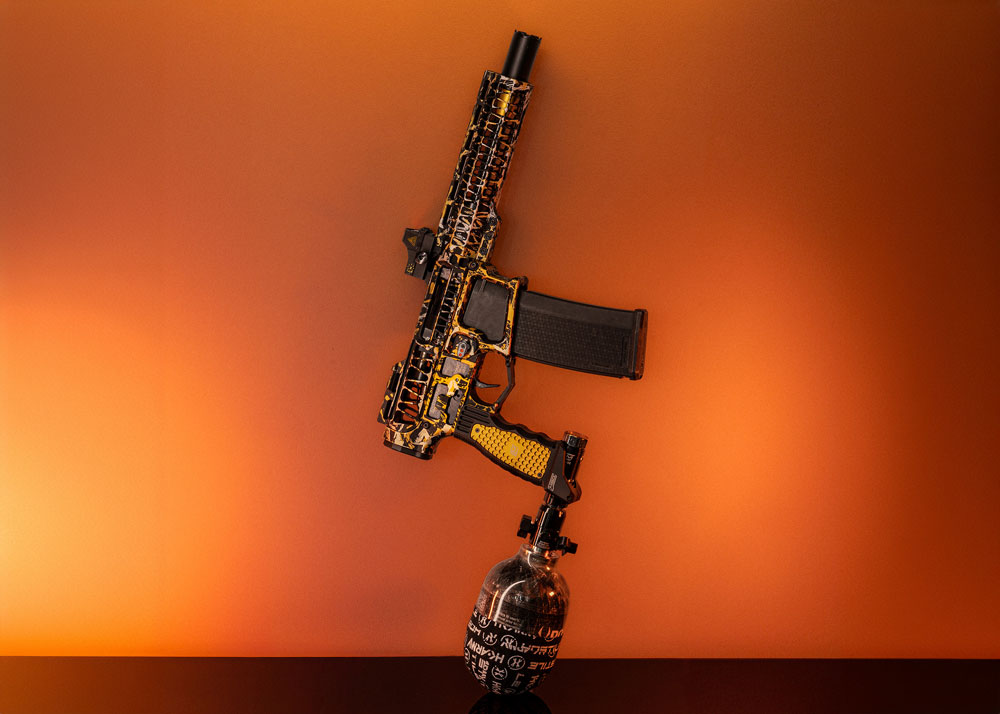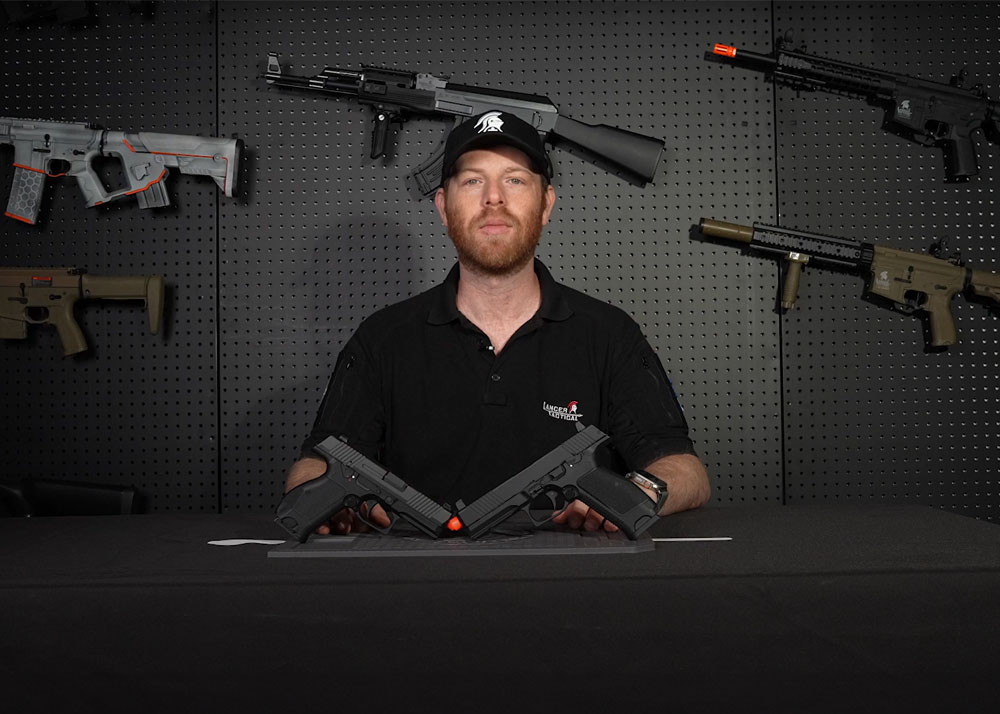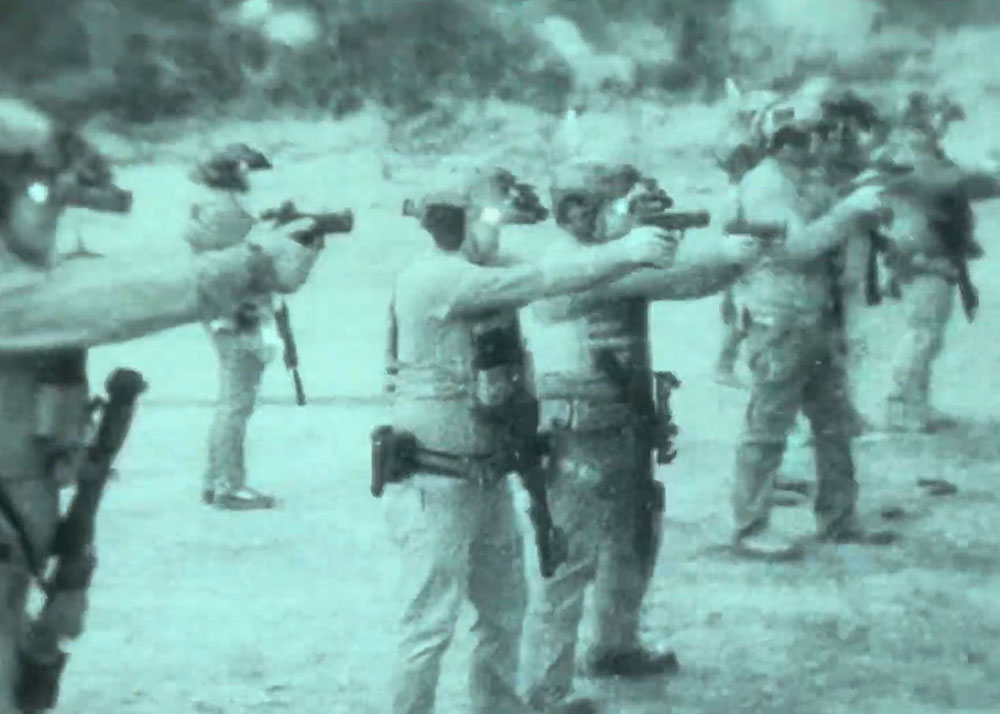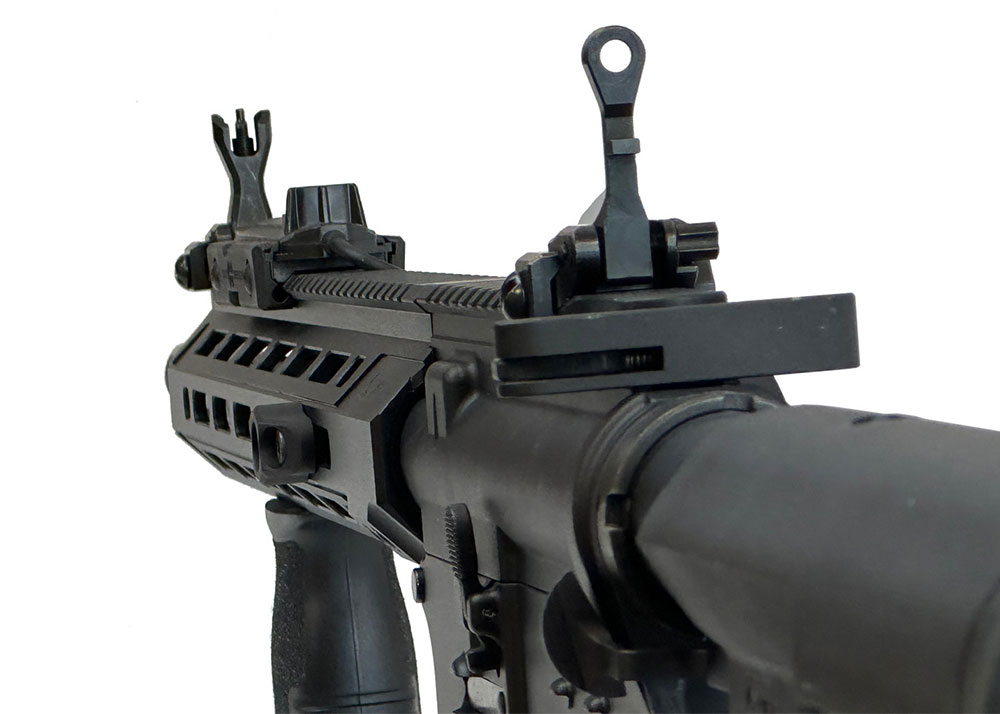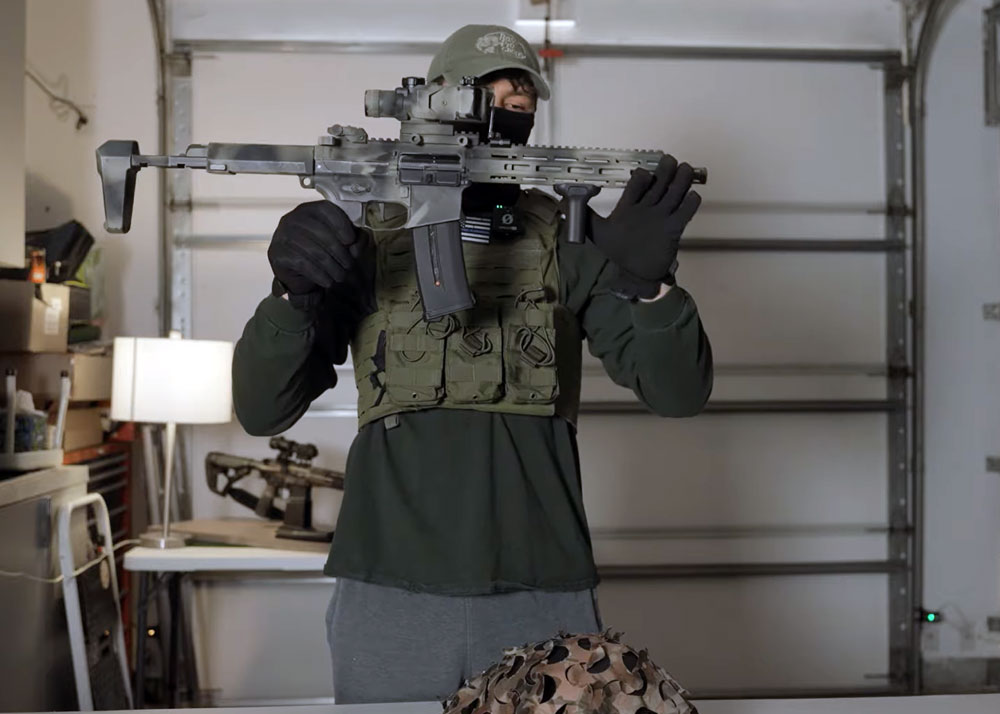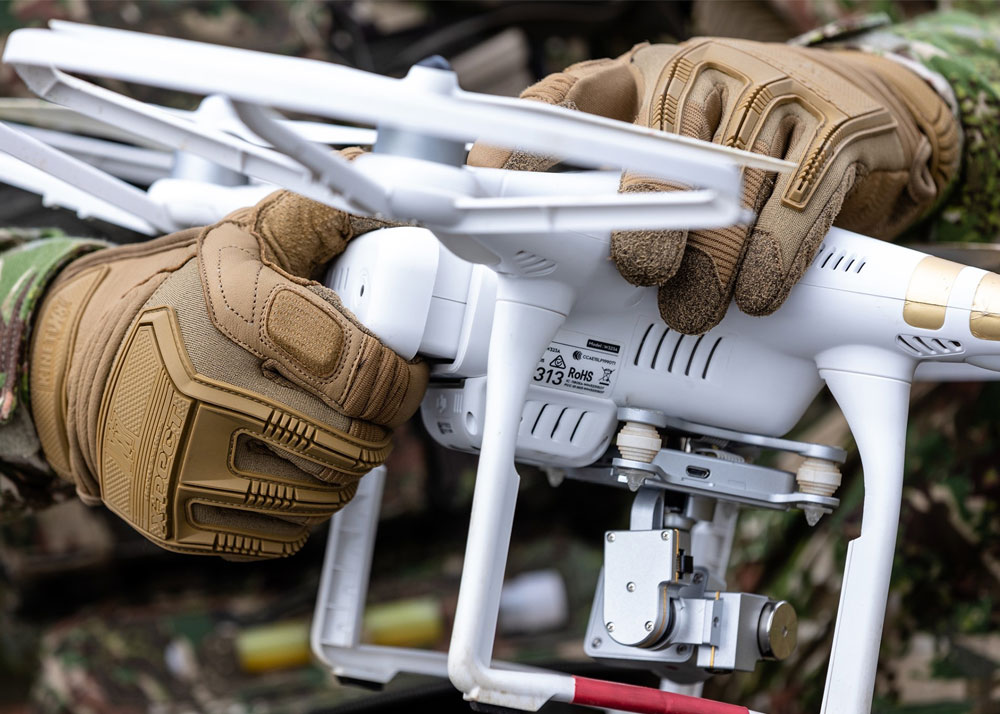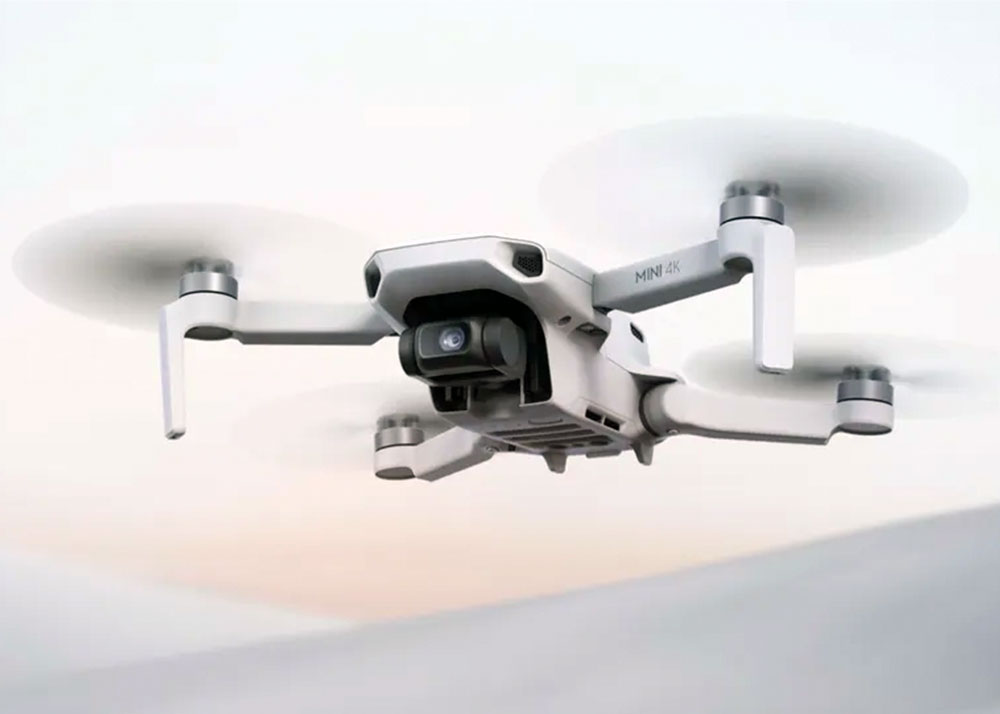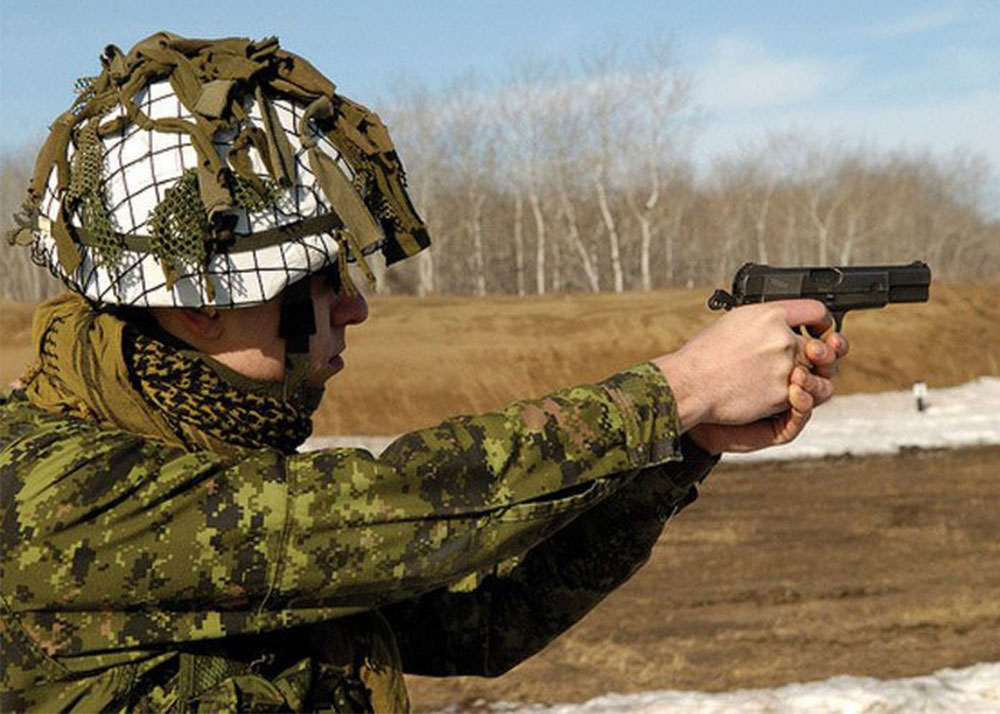The U.S. Military Opens All Combat Roles To Women
Logan
08 Dec 2015
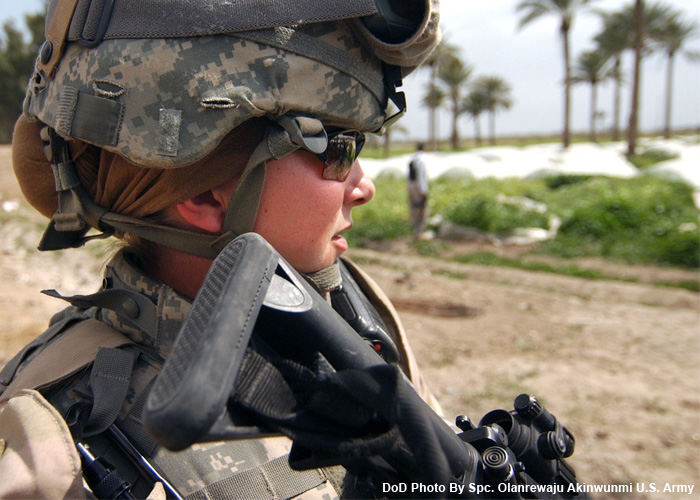
Last week, the U.S. Military finally approved opening up combat roles, which have been closed before to women. Secretary of Defense Ash Carter, last Thursday, 3rd of December 2015, approved combat roles open to women with no exceptions, as long as they meet the standards required for those roles.
All branches of the U.S. Military (Army, Navy, Air Force, Marines, and Coast Guard) will implement the decision. The U.S. Marine Corps asked that they be exempted from such but the request was not granted by the Defense Secretary.
With this decision, Secretary Carter said that, “They’ll be allowed to drive tanks, fire mortars and lead infantry soldiers into combat. They’ll be able to serve as Army rangers and green berets, Navy SEALs, Marine Corps infantry, Air Force parajumpers and everything else that was previously open only to men.”
The decision will take effect within 30 days, in line with the plan of the U.S. Military of opening up more roles for women. In this case, only 10% of roles in the military still remained closed to women, with 90% of other roles already have women able to fill up the positions. That’s about 220,000 positions all across the branches.
Over 200 women have died in the Afghan and Iraq wars, especially during height of the U.S. government’s “War on Terror.” Thus, it is not exact to say that U.S. servicewomen have not tasted combat. One prominent case is Rep. Tammy Duckworth of Illinois’s 8th District who is a veteran. She is a double amputee due to combat injuries when the Blackhawk chopper she was flying was hit by an RPG fired by Iraqi insurgents.
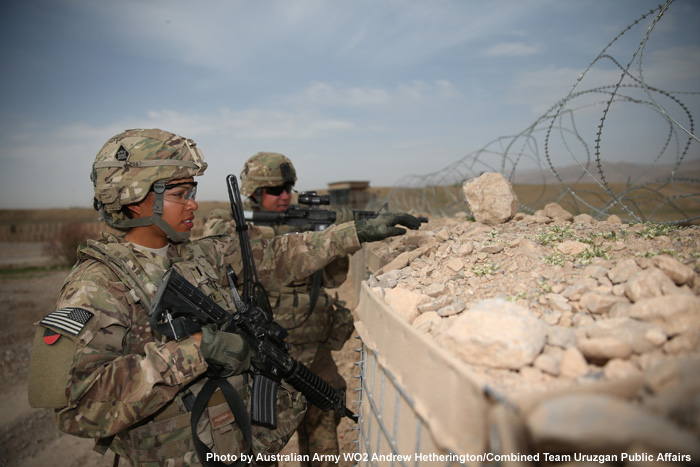
The integration into new combat roles will take time will be done deliberately and methodically following the seven guidelines issued by the DOD:
- Implementation will be pursued with the objective of improved force effectiveness.
- Leaders must assign tasks and jobs throughout the force based on ability, not gender.
- Equal opportunity likely will not mean equal participation by men and women in all specialties, and there will be no quotas.
- Studies conducted by the services and Socom indicate that on average there are physical and other differences between men and women, and implementation will take this into account.
- The department will address the fact that some surveys suggest that some service members, men and women, will perceive that integration could damage combat effectiveness.
- Particularly in the specialties that are newly open to women, survey data and the judgment of service leaders indicate that the performance of small teams is important.
- The United States and some of its closest friends and allies are committed to having militaries that include men and women, but not all nations share this perspective.
There are of course opposition to this decision of allowing women into more combat roles, citing studies wherein men are physically stronger than women (though women also have their own distinct physical advantages as well, or just outright refusal to recognize that women can perform combat roles either due to religious or cultural concerns. But it’s like trying to turn back the hands of time as other countries have opened up combat roles to women.
Now, if we can get gender-equal military without sexual prejudices, then women will have no problem of integrated into various roles and units. This thought always reminds me of Starship Troopers where the servicemen and women in the Terran Federation get equal opportunities in training and rank.


